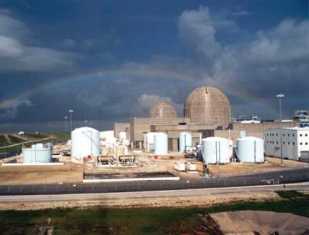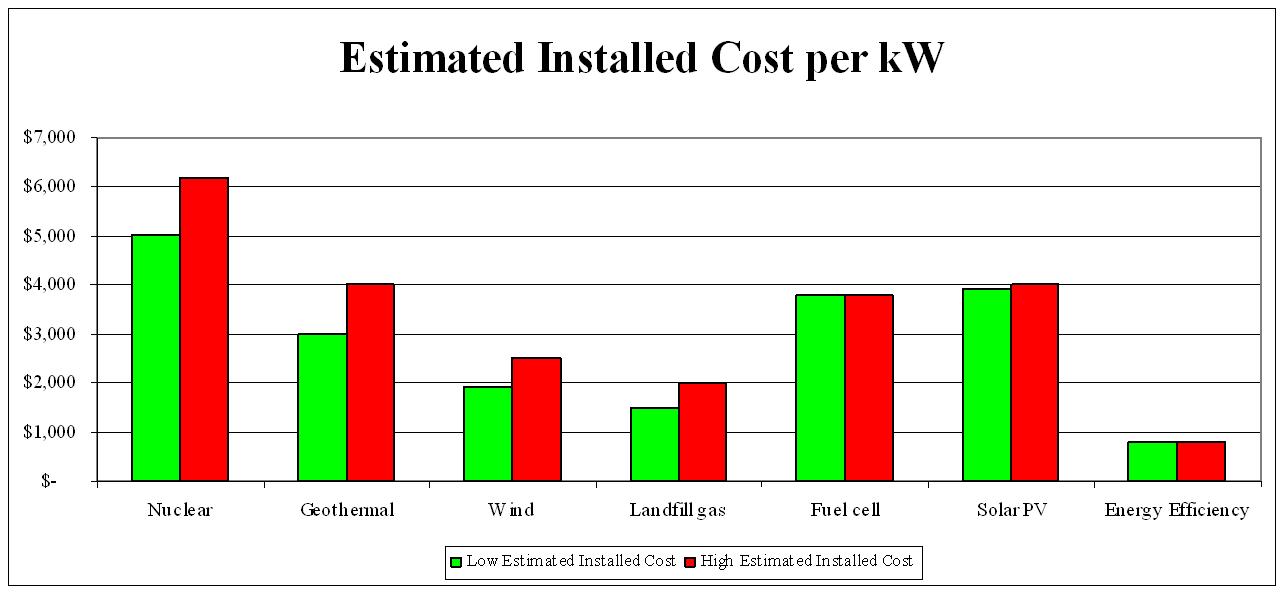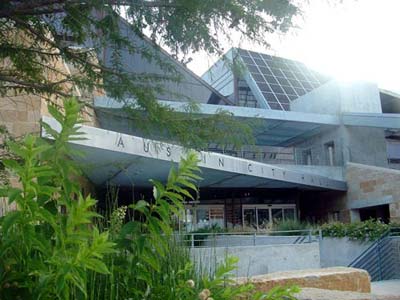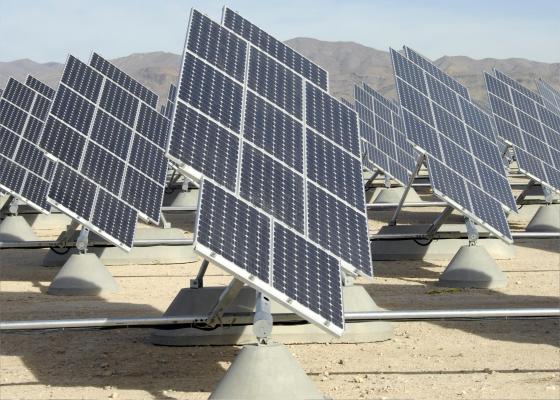The following editorial from the San Antonio Express News is an excellent take on the issue of the South Texas Project nuclear expansion. Kudos to Carlos Guerra!
Expert offers uniquely Texan power solution
Carlos Guerra – San Antonio Express News
With a Ph.D. in nuclear engineering from UC-Berkeley, Arjun Makhijani has followed energy issues and innovations for decades. But with his uncanny understanding of economics, and a willingness to put a pencil to what comes along, when he says something, you listen.
Or, at least, you should.
Makhijani’s most recent book, “Carbon-Free and Nuclear-Free” is now a must-read on emerging energy solutions. And last fall, he studied CPS Energy’s plans to participate in the doubling of the South Texas Project.
Among other things, the engineer concluded that the two new reactors would cost more than twice what was projected.
CPS’ latest forecasts now almost echo Makhijani’s.
And Wednesday, he advised CPS to closely re-examine its drive to expand the STP and, especially, its latest twist in the deal: to sell excess electricity on the wholesale market to offset the regular rate increases that would be made necessary to pay for the new reactors.
“Especially in a deep recession, when demand for electricity is going down throughout the country, and nobody has any idea when it will recover,” he said, “for San Antonio to say they are going to sell electricity on the open market at rates that will benefit ratepayers is gambling with public money.”
Makhijani did compliment our utility’s newfound commitment to promoting greater efficiencies and relying more heavily on wind energy. But he also offered alternatives to the pricey investment in nuclear power that he says would be better and safer — economically and environmentally — and yield better results more quickly.
“The combination of efficiency, storage and wind, and concentrating solar thermal energy would be the right mix,” he said. “And the pace at which you do that should depend on the economic circumstances. You shouldn’t be overbuilding anything, not wind, solar or whatever.
“In San Antonio, the first thing to do is to start making money on efficiencies so bills don’t go up for consumers,” he continued.
“That will lay the foundation for a solid electricity sector that will be modern and that can accommodate changes.”
And since CPS leads Texas in its commitment to buying wind energy, it should incorporate storage strategies so it can purchase excess electricity when it is cheapest, and distribute it to augment other electricity sources when demand — and other electricity prices — soar.
The Japanese, Makhijani noted, are already using large industrial sodium-sulfur batteries to do just that with wind energy.
But in Texas, storing energy as compressed air in massive underground caverns — as is done with natural gas — might make more sense. And it is a proven technology.
Then, when energy demand peaks, the compressed air is heated with small amounts of natural gas and used to drive turbines to generate electricity that can help meet the peak-load demands.
When you think about it, that would be a perfectly Texan solution. When temperatures soar and air conditioners are cranked up, we could solve our peak demand problems with natural gas and a lot of hot air.
 After CPS Energy unveiled its optimistically low $13 billion proposal for South Texas Project reactors three and four, I decided to look into the history of the construction of the first two reactors. What I found was troubling, but it seemed to be pretty much in line with my understanding of problems with nuclear projects during the 70s and 80. Here is a brief time line:
After CPS Energy unveiled its optimistically low $13 billion proposal for South Texas Project reactors three and four, I decided to look into the history of the construction of the first two reactors. What I found was troubling, but it seemed to be pretty much in line with my understanding of problems with nuclear projects during the 70s and 80. Here is a brief time line:
 A bill currently moving in the Texas Legislature, HB 4525, would create new state subsidy of $50 million each for new nuclear and coal plants.
A bill currently moving in the Texas Legislature, HB 4525, would create new state subsidy of $50 million each for new nuclear and coal plants.

 Time to show your support for solar, and your opposition to new nuclear power!
Time to show your support for solar, and your opposition to new nuclear power!


 Austin should continue to steer clear of more nuclear power. Morally, it is simply wrong to leave radioactive waste to thousands of generations to come. We should instead invest in safe energy efficiency and solar and wind power, which don’t come with radioactive terrorism risks.
Austin should continue to steer clear of more nuclear power. Morally, it is simply wrong to leave radioactive waste to thousands of generations to come. We should instead invest in safe energy efficiency and solar and wind power, which don’t come with radioactive terrorism risks.

